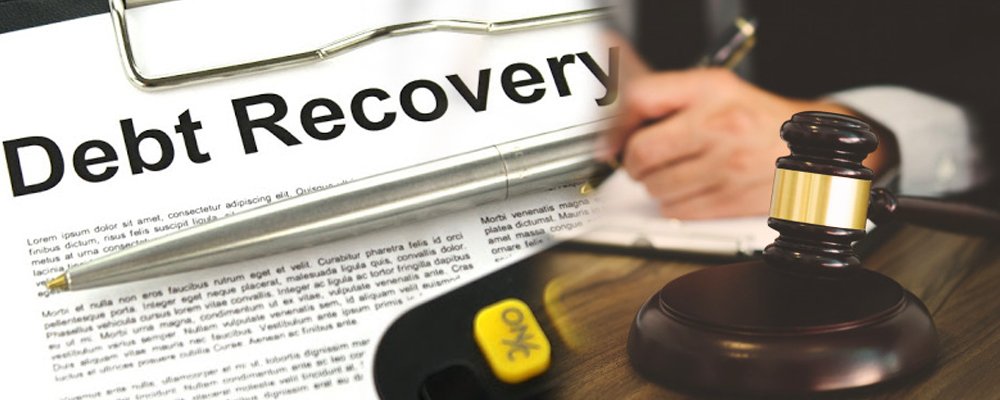The primary objective of DRT is recovery of money from borrowers which is due to banks or any other financial institutions. Its power is restricted to settle cases of advances from borrowers by the banks regulated by RBI guidelines. Tribunals have recovery officers who emphasise speedy disposal of cases of recovery. Tribunals have vested powers of District Courts.
Applicability:
- It applies to all over India except state of Jammu & Kashmir
- It applies if the debt due is Rs. 10,00,000/- (Rupees Ten Lakhs) & more
- When the original application for recovery of debt is filed only by banks and financial institutions.
Jurisdiction of DRTs:
Section 17 of the RDDBFI Act grants the authority to DRT to entertain applications from banks and financial institutions for recovery of debts which are due to such banks and other financial institutions. Section 18 of the Act restricts all other Courts from the adjudication of such matters relating to debt recovery apart from the Supreme Court and High Court which exercise jurisdiction under Article 226 and 227 of the Constitution. In other words, DRT’s order can only be challenged in the High Court and Supreme Court.
Need A Legal Advice
The internet is not a lawyer and neither are you. Talk to a real lawyer about your legal issue

Process:
Cases can be filed to DRT either through filing applications or through SARFAESI Route.
Application:
The money recovery procedure requires making of the application to the DRT and paying off the required fees. Out of 33 DRTs in 22 locations chosen for submitting application matters. Section 19 of the RDDBFI Act talks about the prerequisites for a choice of DRT to make an application. Banks or Financial Institutions can make an application to DRT which has jurisdiction in the respective region in which the financial body carries its own business. An application will be filed to a specific DRT if the cause of action completely or in part emerges within the specified jurisdiction.
SARFAESI:
An application in similar way be made to the DRT under the Securitization and Remaking for Enforcement of Security Interest Act (SARFAESI), 2002. SARFAESI sets out the procedure for recovery without the interference of courts or councils.
Section 13 (2) of the SARFAESI Act mentions that a notice is to be sent to the borrower after a loan has been classified as a Non-Performing Asset (NPA) by the secured creditor. This notice must clearly state the specific amount that needs to be repaid in full by the borrower within a period of 60 days. In the event, borrower fails to comply with the terms of the notice, then the creditor is entitled to exercise his rights under Section 13 (4) of the Act by taking ownership of the secured asset including the right to transfer assets by way of lease, takes over management of the business or appoints any person to manage the secured asset.
The transition into DRTs happens when the collateral asset is not enough to fulfil the obligations to the creditors. In such cases, the creditors may file an application to the DRT for the recuperation of the rest of the part of the dues.
Appeal:
An aggrieved person can file an appeal to the Debt Recovery Appellate Tribunal (DRAT) having the jurisdiction to entertain the matters, against the orders passed by the Debt Recovery Tribunal (DRT) within thirty (30) days from the date of passing of the order by DRT. However, an appeal shall not be entertained in case the judgement given by the DRT was dismissed with the consent of both the parties. DRAT shall entertain the appeal after the expiry of 30 days from the date of order by DRT.
Supreme Court in Axis Bank v/ SBS Organic Pvt. Ltd. & Ors.,held “appeal in DRAT would be entertained only on the condition that the borrower deposits the 50% of the amount in terms of the order passed by DRT or 50% of the sum due from the borrowers as asserted by the secured creditor, whichever is less. The DRAT in his discretion may reduce the amount to 25%.”
Lead India has experts where you can take free legal advice and ask free legal questions about your legal problems. Our panel advocates help you to resolve the issue in case any recovery is pending from your side. Skilled lawyer will be assigned to you who can draft the required notice or reply for the notice received.





 Talk to a Lawyer
Talk to a Lawyer